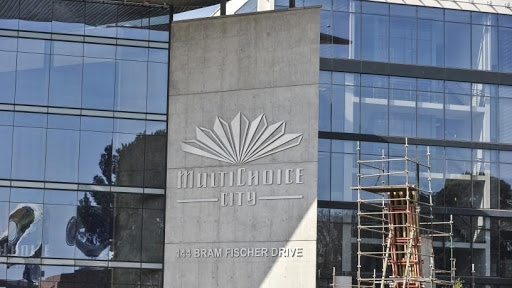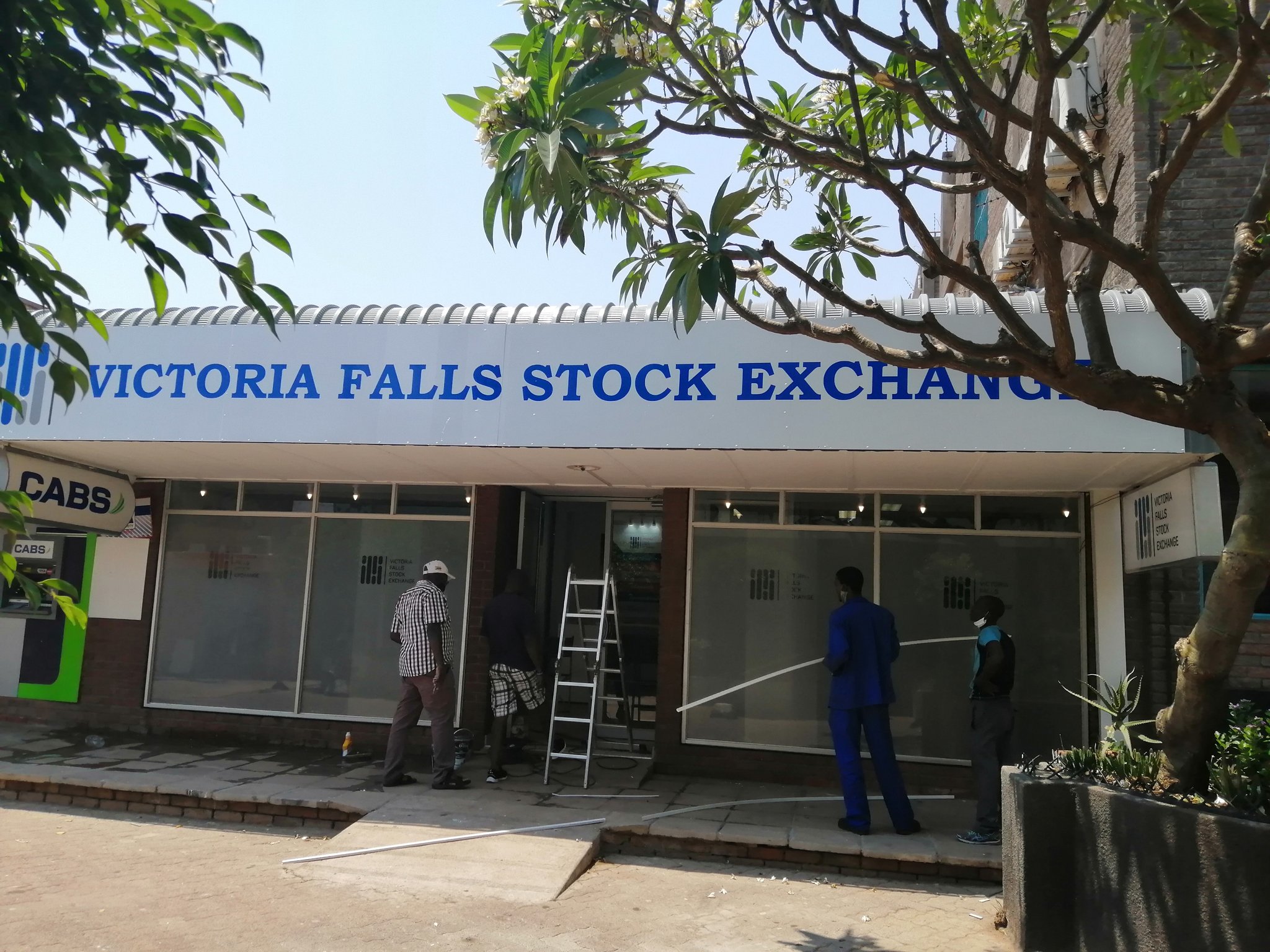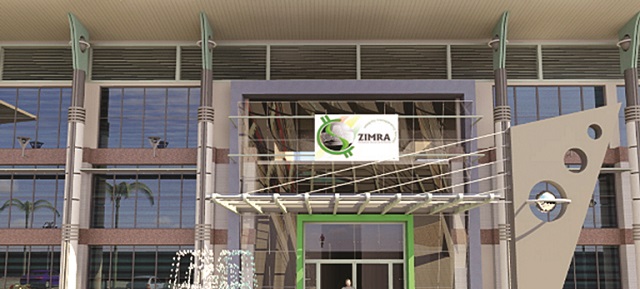Due diligence to verify property ownership
Introduction
I have previously written an article on carrying out a due diligence on properties on sale. Subsequently I received many inquiries some specifically on land under development and others on how to verify property ownership in general.
Due diligence
Due diligence, also known as verification, is a risk mitigation measure in that it is an investigation or exercise of care that a reasonable person is normally expected to take before entering into an agreement or contract with another person. It is advisable to carry out a due diligence on a property which is being sold to minimise financial mishaps.
Verifying ownership of properties
Properties with title deeds and those held under cession need due diligence before a buyer commits to buy one.
Properties with title deeds
Standard due diligence
Standard practice / due diligence is that:
A buyer, agent or conveyancer or all of them obtain from the seller a copy of the deed of transfer, commonly known as title deed and copy of seller’s identity documents (“IDs”).
They compare the identity documents of the seller against the name of the registered name on the deed of transfer including a deed search.
It is quite common and commendable practice for a buyer to insist on meeting the seller before signing any agreements. When a seller appears elusive be suspicious.
When the buyer and seller meet at the estate agent or conveyancer prior to signing an agreement of sale original IDs produced by the seller are compared with copies already provided.
Commonly used is the national ID. Reported cases of fraudulent sales by sellers are normally through using what are considered fake national IDs. I have heard or read of situations where fraudulent sellers produce fake national IDs bearing their faces or faces resembling theirs. As you might be aware IDs usually bear youthful pictures unless one gets a replacement later in life. People’s looks can change on account of age or just food and drink.
Recommended measures
From the foregoing there is need for great care when verifying the seller’s ID. One may consider the following:
Ask for copy deed of transfer and carry out a deed search at the Deeds Registry,
Ask for a copy of the seller’s national ID,
Request a copy of the seller’s passport i.e. the information page,
Compare identity details on deed of transfer to national ID and passport for consistency,
Compare information and photos on the national ID and passport.
The passport photo tends to be more current since a passport expires every ten years.
During the meeting with the seller ask for the original national ID and passport,
Compare these with copies already provided.
Cleverly compare the photos on the national ID and passport against the face of the seller. There should be some close resemblance especially between the passport photo and the seller’s face. If there are disparities consider investigating further.
Also quickly go through the passport pages to see if the document has been used to travel in the recent past.
Verification with the Registrar General’s Office
Subject to relevant laws of the Country and the need to respect citizens’ privacy the following may be desirable. The Registrar General (“RG”)’s office may be asked to or consider creating a facility whereby a conveyancer, through a law firm, can write to the RG, attach copies of the national ID and passport of the seller and seek confirmation of authenticity of the documents.
Properties without title deeds
For properties without title deeds, for example held under cession, the right to the property, loosely referred to as “ownership” needs to be verified too. A cession represents a personal right not a real right.
Verifying identity documents
What has been explained above for properties with title deeds applies here, mutatis mutandis.
Verifying cession holder or ‘owner’ against central records
Title deeds are kept at the central Deeds Registry and prospective buyers can search a title deed using the deed of transfer number provided by the seller. However, there is no central registry for properties under cession unless the properties were sold by the local authority itself. In the latter case the local authority itself keeps a file / record for every property and “ownership” is changed through cession.
A purchaser can purchase a piece of land from the land developer or someone who bought the land from the land developer. Verification in each case is explained below.
Purchase from land developer
In view of the challenge of land barons accused of illegally selling State or council land it is advisable to carry out the following due diligence:
Request to inspect the original parent or holding deed and check if it is in the name of the land developer. Be extra careful where a developer produces an offer letter.
Ask for the subdivision permit, development permit and dispensation certificate. If the development is said to have been completed request the certificate of compliance issued by the local authority. Please do so even if other purchasers are building, either water or electricity is connected.
Secondary purchase
Where one purchases a property from a cession holder who purchased it from the land developer verification of cession holder or “ownership” is normally by checking with the land developer’s cession records. This can depend on the credibility of the land developer. A land developer is expected to keep accurate and complete records of the cession holders or “owners” such that a prospective purchaser can verify if the seller is the rightful cession holder before purchase.
This simplified article is for general information purposes only and does not constitute the writer’s professional advice. -herald.cl.zw









